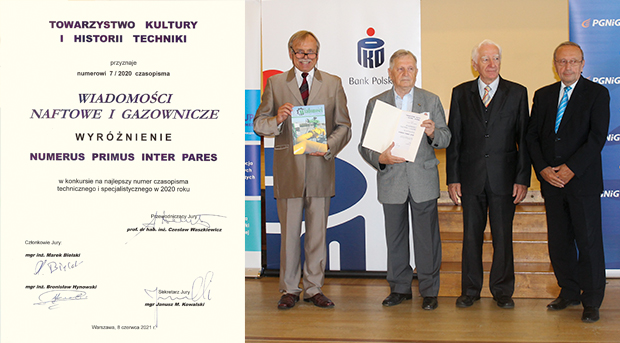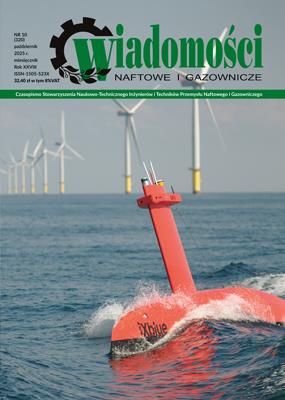Witamy na stronie WNiG
Latest issue of Oil and Gas News:
-
Biogas in Poland: Between a Centralized and Decentralized Energy System
Poland faces a strategic choice: to continue marginalizing biogas development or to make it a key component of the national energy transition. The most promising direction appears to be a decentralized system, which–thanks to its flexibility, low logistical costs, and integration with local economies–can bring significant economic, environmental, and social benefits.
In theory, a centralized model offers economies of scale, while a decentralized model provides greater resilience and local self-sufficiency. In Polish conditions, a balanced combination of both approaches may prove optimal: large biomethane plants could serve as system hubs, while smaller municipal and agricultural biogas facilities would strengthen regional energy security.
Until recently, Poland’s biogas policy has been fragmented and reactive, leading to an underutilization of the country’s substantial biogas potential. However, the EU’s climate policy and the growing need to reduce dependence on fossil fuel imports are driving a shift in priorities.
The future of the Polish biogas sector should be based on a decentralized production model, supported by stable state mechanisms. Biogas can become a bridge between fossil-based energy and a zero-emission economy, simultaneously enhancing energy security, local self-sufficiency, and sustainable development... dalej -
ORLEN SA. PGNiG branch in Sanok in the process of adapting exploitation technologies to the “Methane regulation”
New EU regulations on methane emission reduction are forcing energy companies to seek technical solutions which, when combined with existing oil and natural gas exploration and exploitation methods, will enable to address emission issues.
Not all issues related to the introduction of the new regulations are yet known, including the question of penalties to be established in Polish legislation, but the need to address this problem requires entrepreneurs to take action.
The entry into force of the Methane Regulation necessitated the immediate adaptation of the Branch’s operations and infrastructure to the requirements for the elimination of venting and the reduction of the carbon footprint of hydrocarbons produced at ORLEN S.A. PGNiG Branch in Sanok.
The article presents the measures taken by the ORLEN S.A. PGNiG Branch in Sanok to adapt exploitation technologies to the new legal requirements and the technological solutions that were implemented for this purpose... dalej

Od kilkudziesięciu lat, działające w ramach Federacji Stowarzyszeń Naukowo-Technicznych NOT Towarzystwo Kultury i Historii Techniki, jest organizatorem konkursu NUMERUS PRIMUS INTER PARES.
Z nieukrywaną satysfakcją (ale też z odrobiną miłego zaskoczenia) przyjęliśmy w Redakcji tegoroczny werdykt jury, obradującego pod kierunkiem prof. dr. hab. inż. Czesława Waszkiewicza – przyznającego numerowi 7/2020 Wiadomości Naftowych i Gazowniczych wyróżnienie NUMERUS PRIMUS INTER PARES na najlepszy numer czasopisma technicznego i specjalistycznego w 2020 roku.
Uroczyste wręczenie nagród i wyróżnień konkursu NUMERUS PRIMUS INTER PARES odbyło się 22 września 2021 roku na gali finałowej Ogólnopolskiego Konkursu Młodych Innowatorów 2020/2021 połączonej z Olimpiadą Wiedzy Technicznej. Uroczystość miała miejsce w przepięknym Warszawskim Domu Technika NOT – zabytkowym budynku o neobarokowej i neorokokowej architekturze. Z rąk jury konkursu wyróżnienie dla Wiadomości Naftowych i Gazowniczych i ich wydawcy SITPNiG odebrał kolega Maciek Bednarek (na zdjęciu drugi z lewej).
Redaktor Naczelny


